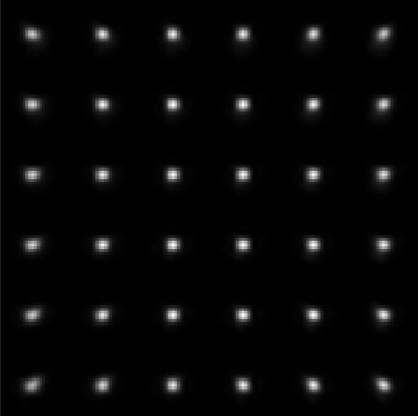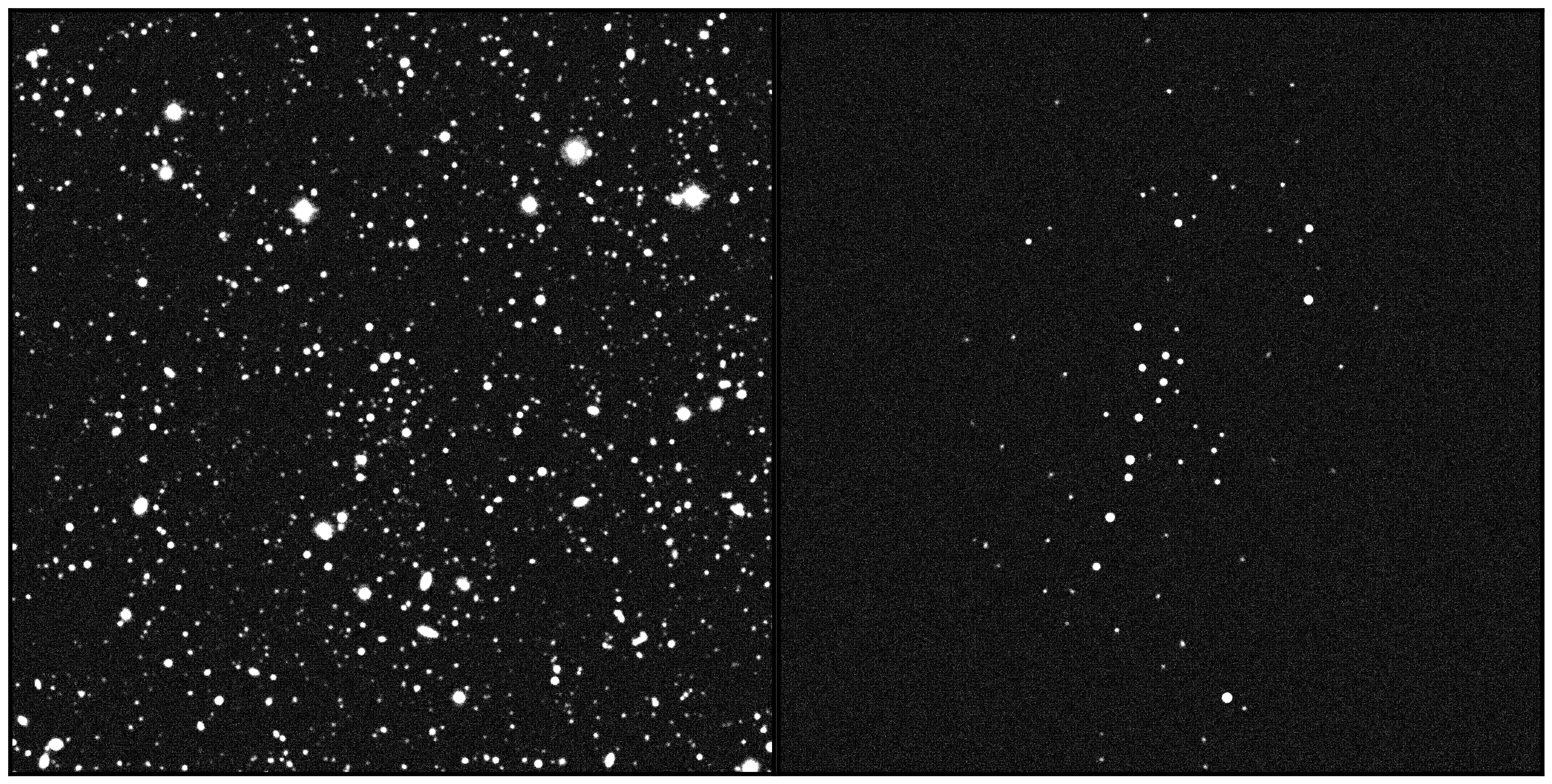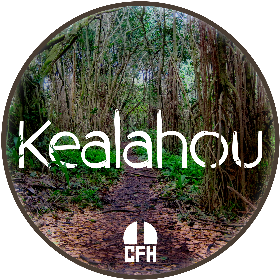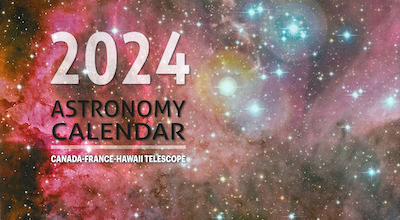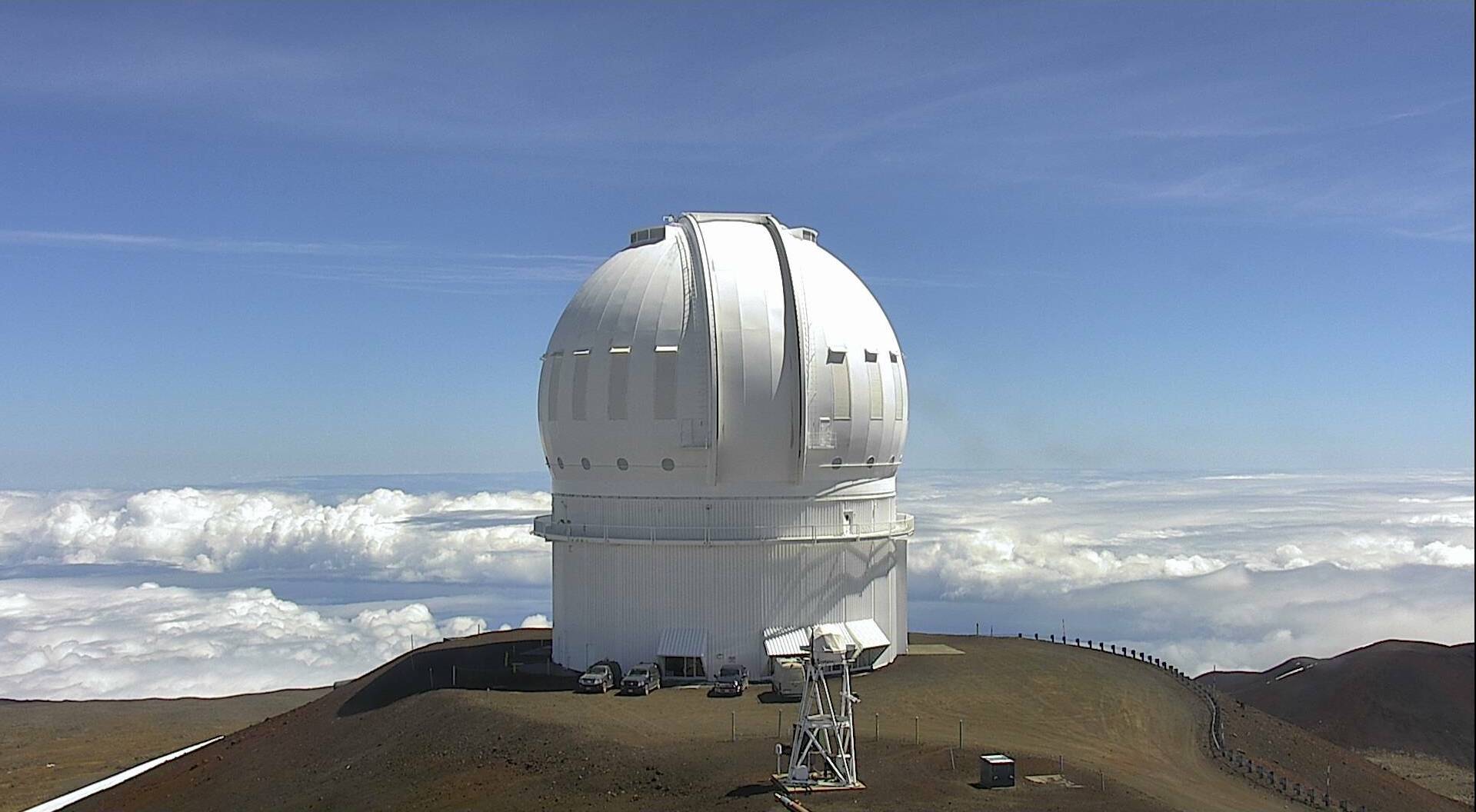SITELLE Image Quality and Focus Upgrade successful!

PSF of the stars in the SITELLE field of view before (top) and after (bottom) the upgrades. A linear grayscale intensity scaling has been applied. Credits: Marc Baril |
SITELLE is an imaging Fourier Transform Spectrograph (iFTS) that has the unique capability of recording over 4 million contiguous spectra on a field close to 11 x 11 arcminutes in one observation. After four years at CFHT, the team managed to extract even more from SITELLE as its image quality was improved, enhancing the analysis of compact sources. Although SITELLE was originally conceived to study emission lines in extended objects, a large fraction of the users are also interested in studying compact sources. Increased interest in this use case motivated the SITELLE team to invest additional efforts into further improving the image quality. It was determined that the improvements could be acheived by introducting additional elements in the camera optics.
The effort started during the summer of 2019 and primarily included the replacement of the CCD cryostat windows by a specific field-flattening lens on both of SITELLE's camera ports. Engineering tests conducted in September 2019 demonstrated the new corrector lens and other changes improved SITELLE's performance. Testing showed an improvement of roughly 0.15” in IQ across the field of view. The modification helped minimize the field curvature and allowed for a better optimization of the detector focus position. Another positive impact of the upgrade is a more accurate determination of the precise position of stars, known as astrometry, in crowded fields.
“At CFHT, we have a history of undertaking instrument improvements when our users want to test the boundaries of what the instrument can do,” said Simon Prunet, CFHT resident astronomer and SITELLE instrument scientist. "Improving SITELLE's image quality and astrometry enables our users to push the potential of SITELLE even further."
The improvements came at a small cost to SITELLE’s overall field of view. The corrector lens reduced the field of view. Some of the reduction was counteracted by also improving field of view matching between the two cameras working in tandem over the same field of view. Overall the net field of view loss was 0.3%. The team anticipated this loss, but determined the IQ and focus improvements largely counteracted this minor disadvantage.
“Although one makes every effort to avoid surprises in working an optical design like this, it is always satisfying to see those ideas validated by the ultimate test: light traveling through glass, shaping the pinpoint star images CFHT is know to excel at,” said Marc Baril, the SITELLE instrument engineer.
Astronomers use SITELLE to observe a wide variety of objects ranging from point like sources, star and galaxy clusters, or more diffuse, spread out targets like nebula. Astronomers looking at point sources will likely see the largest benefits, however the improved IQ and focusing will benefit all SITELLE users.
“Our SIGNALS large program, which observes a large number of HII regions in nearby galaxies, is one of the many programs that benefits from SITELLE's improvements,” said Laurie Rousseau-Nepton, CFHT resident astronomer and SIGNALS PI. “We will be able to detect smaller and fainter HII regions, planetary nebula, and supernova remnants-- objects just at the brink of detection before the upgrade.
For more details, you can take a look at the detailed report related to this release.For even more details about the upgrade, check the November 2019 report to CFHT's Science Advisory Committee posted on the SITELLE news webpage.
Contacts
CFHT resident astronomer/SITELLE instrument scientist
prunet@cfht.hawaii.edu
Laurie Rousseau-Nepton
CFHT resident astronomer/
r-nepton@cfht.hawaii.edu
Marc Baril
CFHT SITELLE engineer
baril@cfht.hawaii.edu

